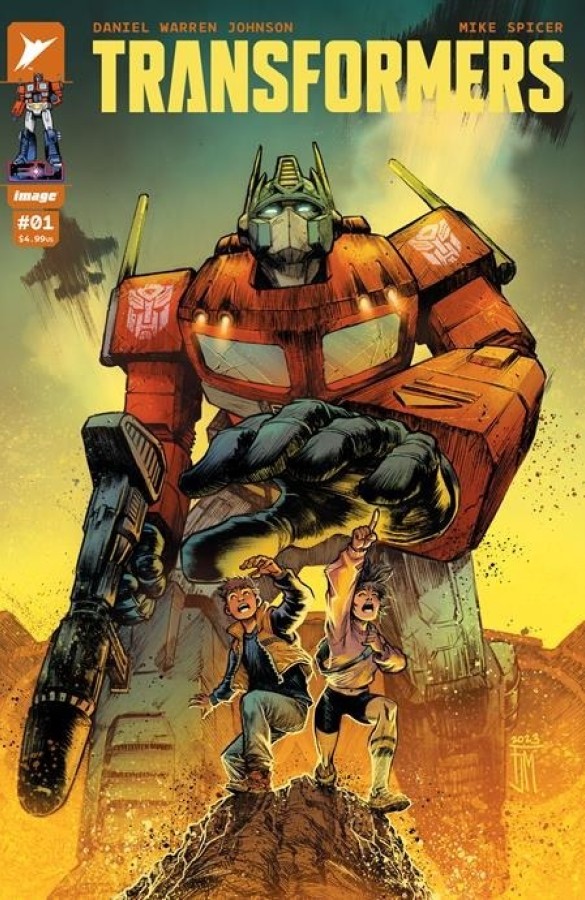
Apply Now


Smart Ways to Use Cat Comics for Current Entertainment in 2025
Embracing the Joy of Cat Comics
Cat comics have become a delightful source of entertainment, especially in the realm of digital art and storytelling. With their ability to make us laugh and reflect on the quirky personalities of our feline friends, cat comics truly capture the essence of cat humor. In 2025, the emergence of digital platforms and social media has only amplified the popularity of cat comic strips and webcomics. Engaging the audience through relatable cat characters and humorous feline stories has drawn cat lovers into a vibrant comic culture. Whether you enjoy cute cat comics or adventurous cat stories, there’s something for everyone in the digital comic landscape.Discovering the Diversity of Cat-Themed Comics
There's a colorful variety of cat-themed comics available today, each appealing to different tastes and preferences. From whimsical cat illustrations and funny cat comics to comic books about cats that explore deeper narratives, the options are vast. Cat webcomics, in particular, serve as platforms for emerging cat comic artists to showcase their work, delivering innovative storytelling through unique art styles. Whether it’s playful pet comics capturing the antics of cartoon cats or serious graphic novels with feline themes that delve into emotional experiences, the diversity enables cat lovers to enjoy multiple narratives.Engaging with Cat Comics Creatively
In 2025, engaging with cat comics will transcend mere reading. Creative fans have begun to interact with these comics by creating fan art, remixes, and even animations based on their favorite characters. This culture of interaction enhances the community aspect of cat comic fandom, providing a platform for fans to share ideas and expressions. Whether it's through social media challenges centered on funny feline stories or collaborative comic panels, the artistic expression and creativity showcased in this space enrich the overall comic experience.The Rise of Cat Animation Comics
The popularity of cat animation comics is on the rise, with many creators venturing into animating their comic strip content. These digital cat comics not only offer traditional static humor but also infuse life into their characters through motion. Short animated clips featuring comic characters can convey emotions and tales in a captivating manner, appealing to audiences who may prefer dynamic storytelling to static illustrations. The seamless integration of animation and traditional comic art demonstrates the versatility and adaptability of cat-themed stories in an ever-evolving digital landscape.Participating in Cat Comic Culture
As the cat comic culture continues to flourish, participation goes beyond just readership. Engaging in platforms dedicated to cat-themed comics fosters a sense of community among cat lovers and artists alike. Events such as comic conventions and online workshops present opportunities to learn and contribute. Fans can meet their favorite cat comic artists, participate in discussions about storytelling techniques, and participate in drawing workshops to enhance their skills. This cultural exchange not only promotes creativity in storytelling but also nurtures friendships among individuals who share a common love for feline humor.Understanding the Appeal of Cat Humor
The Role of Relatable Content
One core reason for the widespread appeal of cat comics lies in their relatable content. Comic depictions of cats capture the nuances of cat behavior that resonate deeply with pet owners. For instance, humorous illustrations of typical cat antics or situations highlight common challenges faced by feline parents. This relatability creates a sense of camaraderie among readers, making them feel understood and entertained. Cat comics succeed where other forms of humor may fall flat by tapping into shared experiences and emotions.Exploring Cat Characters and Personas
Another engaging dimension of cat comics involves the rich tapestry of cat characters and personas they portray. These characters often embody various traits—some are mischievous while others are cuddly. Much like humans, these cartoon cats reflect personality traits that readers can connect with, making the stories more enjoyable. Comic tales of cats can highlight everything from a timid tabby’s first adventure to a sassy Siamese ruling the household like royalty, thus appealing to a broad audience.Vanity and Whimsy in Cat Comic Strips
The artistry behind cat comics reflects a blend of vanity and whimsy that enchants the audience. Cat comic panels often feature vibrant colors, engaging sketches, and clever dialogues that transform simple stories into extraordinary escapades. With a mix of humor and artistry, these illustrations create emotional connections with readers. The influence of visual storytelling means that even without words, the comic art can evoke laughter or warmth, showcasing the charm inherent in feline adventures.Advertising and Branding Opportunities
With the resurgence of cat comics, brands targeting pet owners now see the potential in collaborating with cat comic creators. Integrating cat comic characters into marketing campaigns for pet products enhances relatability and conveys a sense of humor. This strategy mirrors successful marketing tactics employed across various media, connecting products with fun, relatable content that engages consumers. If cat comics serve as cultural reference points in the lives of pet owners, brands can effectively reach targeted demographics through clever advertising.
Techniques for Creating Attractive Cat Comics
Einspiring Comic Storytelling
Creating entertaining cat comics requires mastery in storytelling techniques. Successful creators often harness the art of narrative and the structure of comic strips to engage their audience. Pairing humor with clever punchlines typically resonates well with this genre, making the stories memorable. Understanding pacing, dialogue, and character development ensures that each comic delivers a punch of laughter while maintaining the charm that captivates readers from the first panel.Art Style Choices and Their Impact
The art style utilized in cat-themed comics greatly affects overall engagement. Different styles, such as caricature, minimalistic illustrations, or intricate designs, can convey distinct moods and tones for each story. Selecting an appropriate art style is crucial for effectively communicating the comic's message and atmosphere. For instance, whimsical art styles evoke lighthearted emotions, while more realistic designs may engage readers on a deeper emotional level, encouraging them to reflect on their own feline companions.Understanding Your Audience
Grasping the interests and desires of cat comic readers is essential for any aspiring creator. Engaging with the community through social media or comic conventions reveals popular themes, character traits, and storylines that resonate well. Whether it's humorous cat depictions that showcase daily life with pets or more profound narratives exploring the human-feline bond, understanding the audience ensures the creation of comics that capture their imagination.Leveraging Digital Platforms for Distribution
Utilizing digital platforms opens a multifaceted approach to distributing cat comics. Social media platforms, webtoons, and mobile applications allow creators to reach wider audiences and share their work without geographical constraints. Embracing these channels presents opportunities for greater interactions with fans and allows them to receive immediate feedback. Establishing a robust online presence reinforces the creator's connection with readers, fostering community engagement where fans can share their own cat stories.